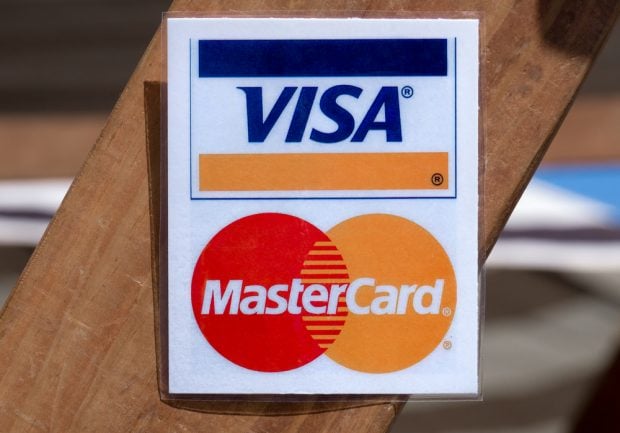Progressive credit unions have long led the financial technologyrevolution, albeit quietly—some might say too quietly.
|More than 80 million Americans use online banking, according toresearch reports. Yet, how many of those people know that a creditunion (Stanford Federal Credit Union) was the first U.S. financialinstitution to offer banking over the Internet? Did you knowthat?
|Mobile hasn’t quite caught up to online banking, but nobodydoubts that it will. And again, few people are aware that twocredit unions (Texans Credit Union and USE Credit Union) were thefirst two U.S. financial institutions to offer mobile banking.While it’s true that these services were launched on devices thatnow qualify as museum pieces, the role of credit unions in drivingfinancial technology should not be overlooked—even though ittypically is.
|Mention advanced digital banking technology to most people andwhich financial institutions come to mind? Probably not your creditunion. It seems that the same credit unions that once led theremote delivery charge have somehow become satisfied to play “metoo” with the big banks. That’s a shame. But it doesn’t have to bethat way.
|Credit unions have the opportunity to continue leading indigital banking technology because they’re able to use technologyin ways the big banks can’t. For example, many credit unions havebusiness development teams that go out into the community andactually meet their neighbors face to face. These teams can nowbring your entire credit union on a tablet, simplifying andstreamlining every aspect of business development.
|Because most credit unions are community financial institutions(if not by charter, at least by geography), they can tailormerchant e-services to meet the specific needs of local businesses.As opposed to a mega bank that establishes a branch just to leachmoney off the local economy, credit unions can become an active andintegral part of that local economy.
|Mobile technology also has the potential to change the waybranch transactions are handled. Soon technology will becomeavailable that will allow members to initiate branch transactionson their mobile devices. Then when the member gets to the branch,your computer system will recognize them by the presence of thatmobile device. When the member reaches the teller window, thetransaction will already be queued and ready to finalize. The endresult is a fast, flawless transaction that gives the teller moretime for meaningful member engagement.
|Credit unions are much more nimble than the big banks, so theyshould be able to deploy these technologies faster. However, bettertechnology will be all for naught if nobody knows about it. Creditunions have long centered their marketing on being better – betterrates and better services for example. But how many credit unionsgo all in on marketing their better technology?
|“Me too” won’t cut it in this environment. The credit unionindustry needs to firmly establish its leadership role in financialtechnology—and then make sure every single member and prospectivemember knows about that great technology. A well-marketed mediocremousetrap will always outsell a better mousetrap that nobody knowsabout.
Complete your profile to continue reading and get FREE access to CUTimes.com, part of your ALM digital membership.
Your access to unlimited CUTimes.com content isn’t changing.
Once you are an ALM digital member, you’ll receive:
- Critical CUTimes.com information including comprehensive product and service provider listings via the Marketplace Directory, CU Careers, resources from industry leaders, webcasts, and breaking news, analysis and more with our informative Newsletters.
- Exclusive discounts on ALM and CU Times events.
- Access to other award-winning ALM websites including Law.com and GlobeSt.com.
Already have an account? Sign In
© 2024 ALM Global, LLC, All Rights Reserved. Request academic re-use from www.copyright.com. All other uses, submit a request to [email protected]. For more information visit Asset & Logo Licensing.









